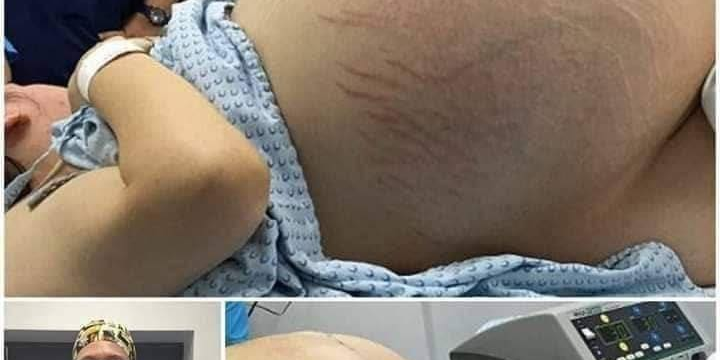Mold is one of those sneaky household problems that can quietly spread without much warning—until you’re suddenly dealing with a serious issue. It’s more than just an eyesore; mold can cause everything from mild allergies to serious respiratory complications. Not to mention, it can gradually eat away at your walls, ceilings, and other structural components of your home. While there are several mold-cleaning products on the market, one of the most affordable and surprisingly effective methods is something you probably already have in your bathroom cabinet: hydrogen peroxide. This simple substance can kill mold at its root, making it a powerful tool for homeowners looking to keep their space safe and clean. In this guide, we’ll walk you through how hydrogen peroxide works against mold, the right way to use it, and how to make sure the mold doesn’t come back.

To understand why hydrogen peroxide is effective, you need to know a little about what mold is and how it thrives. Mold is a type of fungus that grows in damp, poorly ventilated areas—think bathrooms, basements, and under sinks. It feeds on organic materials like wood, drywall, and even dust, and spreads by releasing tiny spores into the air. Because these spores are invisible to the naked eye, you might not know you have a problem until patches of mold become visible or you start experiencing symptoms like coughing, sneezing, or skin irritation. This is especially concerning for people with asthma or weakened immune systems.
Hydrogen peroxide is an oxidizer, meaning it breaks down the cellular structure of mold and kills it effectively. Unlike bleach, which may only clear surface-level mold, hydrogen peroxide penetrates porous surfaces like wood and drywall, tackling mold at the root. It’s also a non-toxic alternative that breaks down into harmless water and oxygen, leaving no dangerous residue behind. The 3% concentration of hydrogen peroxide, which is readily available at most grocery or drug stores, is strong enough to kill mold but safe enough for home use.
Before you begin your mold-fighting mission, gather your supplies. You’ll need a bottle of 3% hydrogen peroxide, a spray bottle, a stiff-bristle scrub brush, rubber gloves, goggles, a face mask, and clean rags or sponges. It’s also wise to have plastic sheeting or a tarp to cover furniture and other nearby items. Ensure the area is well-ventilated—open windows and doors and set up a fan to improve air circulation. Once you’ve set up, remove any rugs, furniture, or personal items from the affected area and seal them in plastic bags to avoid spreading spores to other rooms.
Next, pour the 3% hydrogen peroxide into a clean spray bottle. There’s no need to dilute it—this concentration is already ideal for mold removal. Shake the bottle lightly to mix, label it clearly, and you’re ready to get started. Spray the moldy surface generously, making sure the mold is thoroughly soaked. Let the solution sit for at least 10 minutes so it can penetrate and kill the mold spores.
After the waiting period, take your scrub brush and go to work. Scrub the area firmly but carefully, depending on the surface type, and wipe away any loosened mold with a clean cloth. If some mold remains, you may need to repeat the process. After scrubbing, make sure to dry the area completely. Moisture is mold’s best friend, so use a fan, dehumidifier, or dry towel to eliminate any dampness.
Once the mold is gone, prevention is the next key step. Mold will come back if you don’t address the root cause—usually moisture. Fix any plumbing leaks, improve airflow in damp rooms, and consider using a dehumidifier, especially in humid climates. Try to maintain indoor humidity below 60%, and keep an eye on mold-prone areas like basements, bathrooms, and laundry rooms. You can also apply mold-resistant paints or use mold-resistant drywall in problem areas.
When using hydrogen peroxide, don’t forget safety. Always wear gloves, a mask, and goggles to avoid exposure to mold spores and splashes. Never mix hydrogen peroxide with bleach or vinegar, as it can produce harmful fumes. Store your hydrogen peroxide bottle in a cool, dark place to preserve its strength.
Finally, avoid a few common mistakes. First, don’t rinse the solution off too soon—let it sit for at least 10 minutes to fully kill the spores. Also, don’t assume you’re in the clear just because the mold is gone—without removing the source of moisture, it will return. And while bleach might seem like a strong option, it’s actually less effective on porous surfaces and can cause more damage in the long run. Hydrogen peroxide, on the other hand, gets deep into materials and eliminates mold more thoroughly.
With the right approach and a bit of elbow grease, hydrogen peroxide can help you get rid of mold safely, effectively, and without spending a fortune. It’s an easy, affordable solution to one of the most persistent household problems—and one that every homeowner should have in their cleaning toolkit.





